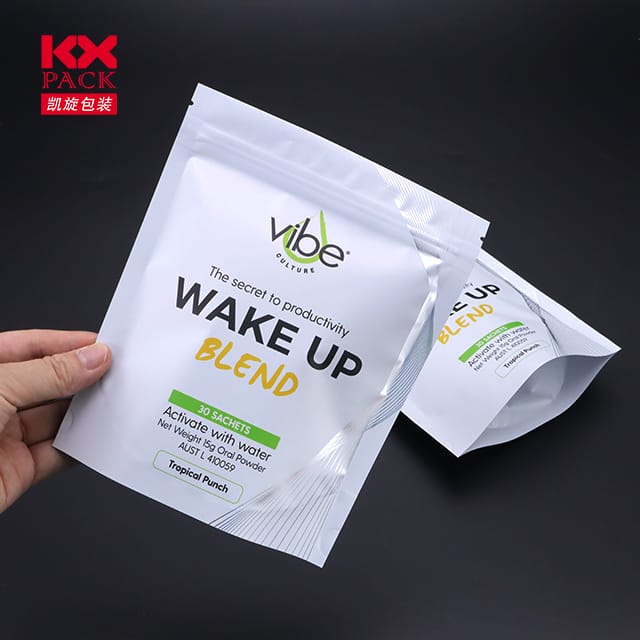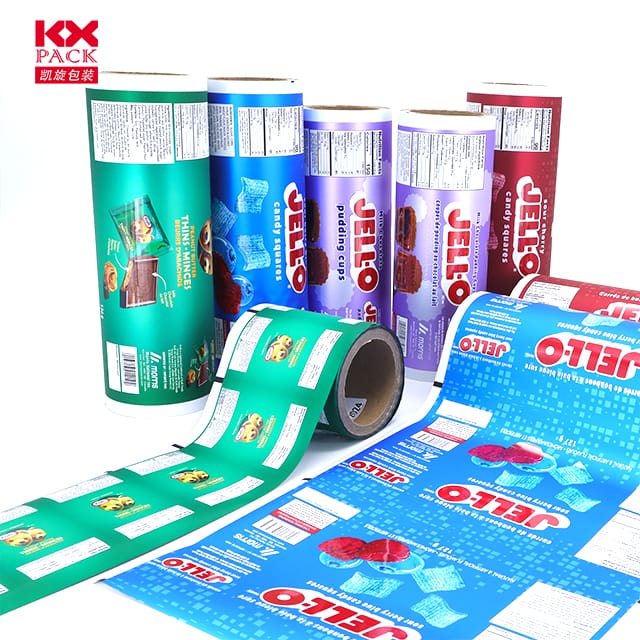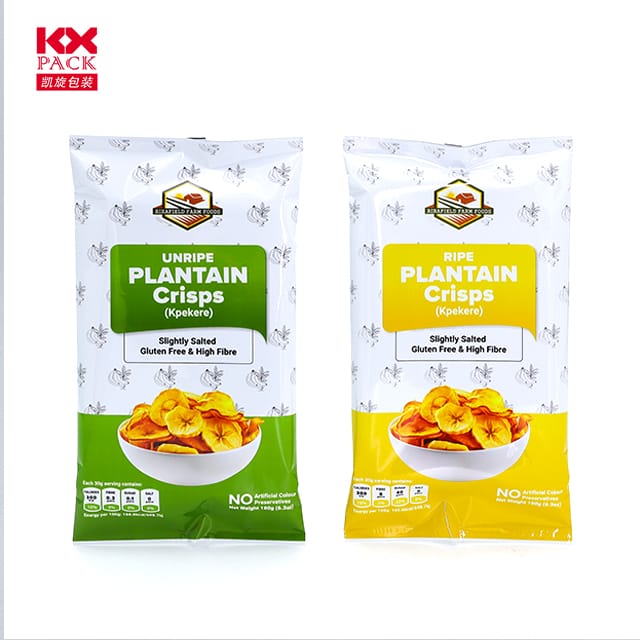双刃剑的塑料薄膜: 创新, 方便, 以及寻求可持续性
塑料薄膜
塑料薄膜——薄的, 从食物包装到农业覆盖物中使用的柔性材料 - 已成为现代生活中必不可少的一部分. 它的多功能性, 负担能力, 功能利益彻底改变了行业, 然而,它的环境足迹引发了全球辩论. 让我们解开塑料电影的世界, 探索其应用程序, 挑战, 以及平衡便利性和可持续性的创新解决方案.
塑料薄膜: 日常生活中的无名英雄
塑料薄膜, 通常由聚乙烯制成 (体育), 聚丙烯 (聚丙烯), 或聚氯乙烯, 无处不在但常常被忽视. 其主要优点包括:
- 轻的 & 耐用的: 保护产品免受潮湿, 污染物, 和身体伤害.
- 成本效益: 实现大规模生产和高效分销.
- 多才多艺的: 应用于包装 (例如。, 保鲜膜, 小吃袋), 农业 (地膜, 温室), 建造 (蒸汽屏障), 和医疗保健 (无菌包装).
例如, 在农业方面, 塑料地膜通过保持土壤湿度和抑制杂草来提高作物产量. 在食品包装中, 它们延长了保质期, 减少食物浪费——在这个世界上,这是一个关键的好处 30% 全球粮食产量每年损失.
环境难题
尽管有效用, 塑料薄膜带来了重大的生态挑战:
- 一次性优势: 一个惊人的 40% 全球生产的塑料是一次性的, 其中大部分最终进入垃圾填埋场或海洋.
- 回收障碍: 众所周知,塑料薄膜因污染而难以回收, 薄度, 和混合材料 (例如。, 标签, 粘合剂). 许多回收计划拒绝它, 导致低回收率 (美国约为 5–15%).
- 微塑料污染: 随着时间的推移, 塑料薄膜降解成微塑料, 渗透生态系统, 供水, 甚至人类的血液.
创新铺平前进道路
塑料薄膜行业正在经历变革, 迫于监管压力, 消费者需求, 和技术进步. 这是方法:
- 可生物降解 & 可堆肥电影
- 解放军 (聚乳酸): 源自玉米淀粉等可再生资源, PLA 薄膜在工业堆肥设施中分解.
- 淀粉基混合物: Novamont 和巴斯夫等公司正在开发可在几个月内在家庭堆肥或土壤中分解的薄膜.
- 先进的回收技术
- 化学回收: 热解等过程将塑料薄膜分解成分子成分, 创造原生品质的塑料.
- 机械分选: 人工智能驱动的机器人和光学传感器提高了回收厂的分拣效率, 将干净的塑料薄膜与污染物分离.
- 可重复使用的 & 加厚设计
- Loop 和 TerraCycle 等品牌是可重复使用包装系统的先驱, 收集塑料薄膜容器的地方, 清洁, 并补充.
- 加厚, 多层薄膜 (例如。, 用于肉类包装) 正在重新设计,使其更容易回收,同时保持阻隔性能.
- 循环经济计划
- 扩展生产者责任 (EPR) 欧盟和美国的法律. 要求制造商对其塑料薄膜的报废管理负责.
- Dow 和 Amcor 等公司正在投资闭环系统, 收集塑料薄膜的地方, 回收, 并重新制成新产品.
消费者和企业的作用
解决胶片危机需要集体行动:
- 消费者: 选择可重复使用的容器, 支持使用回收材料的品牌, 并将塑料薄膜妥善弃置于指定回收箱内 (如果当地接受).
- 企业: 投资可持续包装, 与回收合作伙伴合作, 并倡导政策变革 (例如。, 禁止使用不可回收的薄膜).
- 政府: 对一次性塑料制品实施更严格的法规, 补贴回收基础设施, 并激励 R&D 可生物降解材料.
展望未来: 不妥协的未来
理想的解决方案不是完全放弃塑料薄膜,而是重新构想它. 想象一个世界:
- 农用薄膜收获后无害地溶解到土壤中.
- 食品包装可食用或可堆肥, 消除浪费.
- 得益于智能标签和通用收集系统,回收就像将瓶子扔进垃圾箱一样无缝.
基于海藻的电影等创新 (例如。, 笔记本) 蘑菇衍生的包装暗示了这个未来. 而挑战仍然存在, 可持续发展的势头势不可挡.
结论: 重新思考塑料薄膜的作用
塑料薄膜是人类聪明才智的证明——这种材料已经养活了数十亿人, 受保护商品, 和先进产业. 然而其环境代价需要采取紧急行动. 采用可生物降解的替代品, 结垢回收, 并培育循环经济, 我们可以确保塑料薄膜的遗产是进步之一, 不污染.
您正在采取哪些措施来减少塑料薄膜浪费? 在评论中分享您的想法——让我们一起激发变革! 🌍💡
关键字: 塑料薄膜, 可持续性, 可生物降解的包装, 回收, 循环经济







